Billie Wrex
gamer level 5
4568 xp
4568 xp
followers
11
11
Use my invite URL to register (this will give me kudos)
https://boardgaming.com/register/?invited_by=daikaijuz
profile badges




recent achievements

Time Well Spent - Games
Click on the hourglass 100 times that appears when you are browsing Game pages. learn more >
Click on the hourglass 100 times that appears when you are browsing Game pages. learn more >

Knight-errant
Be loyal to the general Good. Give 25 hearts each to 10 different games.
Be loyal to the general Good. Give 25 hearts each to 10 different games.

I Love Playin' Games
Claim that you have played a game today by clicking the "Played Today!" button on a game page 50 times.
Claim that you have played a game today by clicking the "Played Today!" button on a game page 50 times.

Gamer - Level 5
Earn Gamer XP to level up!
Earn Gamer XP to level up!
Player Stats
Critic (lvl 1)
210 xp
210 xp
Explorer (lvl 3)
896 xp
896 xp
Professor (lvl 1)
206 xp
206 xp
Reporter (lvl 2)
344 xp
344 xp
About Me
I have played video games all my life, but it was only in 2013 that I really got into board games. Prior to that my only real experience with them was classic games like Monopoly and Clue. Now I'm crazy about all types of tabletop games and hope to even make a few of my own.
Other than that, I write mainly reviews and critical analysis of video games over on my main site. I do occasionally review other types of media though, such as movies and, yep, tabletop games. Those articles can be found over at http://wurrwalf.wordpress.com (Though I'll be reposting my reviews here for applicable games)
While games are my main passion, there's plenty of stuff I'm fascinated (that, of course, bleeds into my main interest). I love the space sciences, paleontology, physics, and the social sciences. I eat up science fiction and horror books. Giant monster movies always get my attention. If you'd like to talk, I'm mainly over on Twitter at @DAIKAIJUZ.
While games are my main passion, there's plenty of stuff I'm fascinated (that, of course, bleeds into my main interest). I love the space sciences, paleontology, physics, and the social sciences. I eat up science fiction and horror books. Giant monster movies always get my attention. If you'd like to talk, I'm mainly over on Twitter at @DAIKAIJUZ.








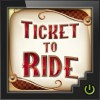









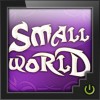





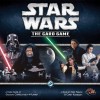










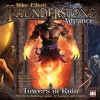

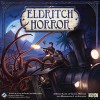






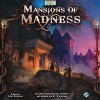

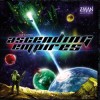

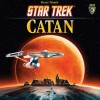
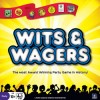









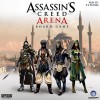






Incan Gold
Originally released as Diamant, Incan Gold is a re-implementation of the same theme and mechanics with a few different cards added. Incan Gold, as you might’ve guessed, is set in a South American temple, with the players as explorers seeking rare treasures. It’s a push-your-luck game, with the explorers having the option to return to camp with the treasures they have found or continue on further into the temple. The risk factor comes in the form of various hazards such as poisonous snakes, cave-ins, and even weird, creepy lookin’ zombies. Once you come upon the same hazard twice, everyone still in the temple is set off runnin’ back to camp scared out of their wits and leaving all their treasures. It sure hurts to have accumulated a nice sum of gems worth a hefty amount of points, especially when someone’s already returned to their camp with a respectable sum themselves.
Incan Gold also adds an element of bluffing that Diamant presumably didn’t have in the form of Artifacts. Each level of the temple has an artifact that’s shuffled into the deck. Each artifact is worth a good chunk of points, but only one person gets it. If more than one explorer leaves at the same time, nobody gets the artifact. The mind games really add a lot of fun to the game as it puts even more weight on the decisions the players make. Incan Gold plays very fast, always five rounds, and you’ll probably find yourself wanting to play multiple games in a row.